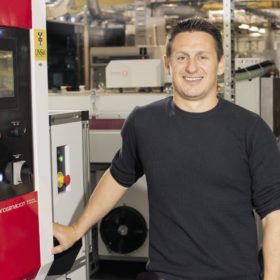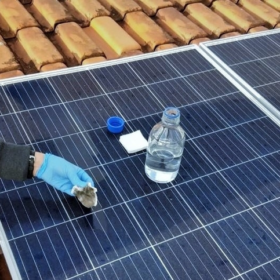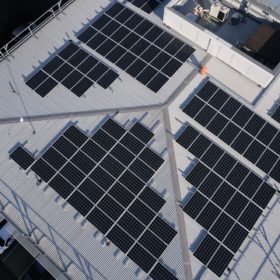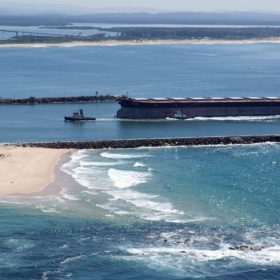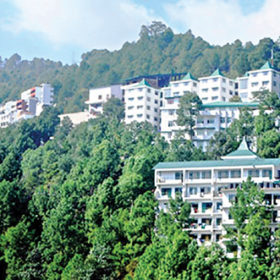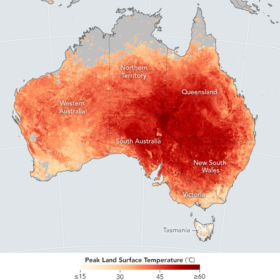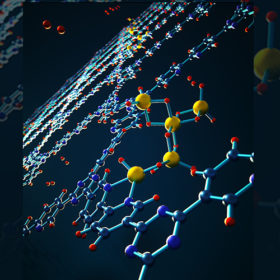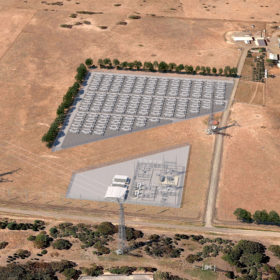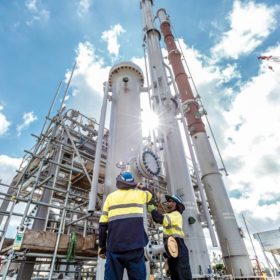Saturday read: Cloud looms over PV’s silver lining
Should heterojunction solar technologies be temporarily shelved? Could copper plating replace screen-printed silver conductive surfaces in cells? Why are tandem cells a likely successor to PERC? Brett Hallam recently sat down with Natalie Filatoff in Sydney to explain the findings of a new study by the University of New South Wales (UNSW) that sought to answer these controversial questions.
Solar panels host microbes that may be used for biotech applications
Scientists in Brazil have found that photovoltaic modules may be a repository of specialised microbes in tropical regions. According to them, these micro-organisms may be used in sunscreens, pigments for processed foods, chemicals, textiles, pharmaceuticals, and cosmetics.
Melbourne could meet 74% of its electricity needs with solar
Buildings in the City of Melbourne could provide 74% of their own electricity needs if solar technology is fully integrated into roofs, walls and windows, new research from the ARC Centre of Excellence in Exciton Science has found.
Could the world’s largest coal exporting port, Newcastle, be home to the next green hydrogen hub?
Following a funding announcement from the Australian Renewable Energy Agency (ARENA), a $3 million feasibility study led by Port of Newcastle and Macquarie’s Green Investment Group is set to determine whether Newcastle, the world’s largest coal exporting port, has the potential for a green hydrogen hub.
Mathematical model to predict rooftop PV system yield
Scientists in India developed a mathematical model to predict the output of solar cells and modules in the field. The model was developed and tested using both sun simulator and actual installed modules. The scientists state that their model can be applied to a PV installation anywhere in the world, and that by taking into account module degradation over time their forecasts can be as much as 26% more accurate than existing energy yield models.
PV system design for low-cost hot water production
Developed by Spanish scientists, the proposed system design is said to be able to achieve water temperatures above 70 degrees Celsius and to cover around 85% of the annual sanitary hot water consumption of a household with six people.
UNSW Exclusive: Heated climate scenarios will adversely affect Australia’s PV generation capacity
Yes, Australia is blessed with an incredible solar resource, but it will be diminished and returns localised by global warming.
Storing hydrogen with aluminium hydrides
A U.S. research team has sought to improve the way aluminium hydride is used for hydrogen storage. The material was nanoconfined in a framework that is claimed to be able to overcome the challenge represented by the thermodynamic limitation of hydrides in storing the clean fuel.
Australia’s battery pipeline charges to over 26 GW, says new research
Less than a year ago and energy market analysts Cornwall Insight Australia projected a battery energy storage pipeline of 7 GW. This week the firm has updated its outlook and puts Australia’s current pipeline of proposed projects at over 26 GW. What is more, the technical lifetime of these assets is increasing too.
Integrating solar into LNG facilities could reduce emissions by up to 21%
Integrating solar into Australia’s natural gas industry could reduce onshore gas facilities’ emissions by 19% in Western Australia, 18% in Queensland, and 21% in the Northern Territory, according to research conducted by National Energy Resources Australia (NERA).
